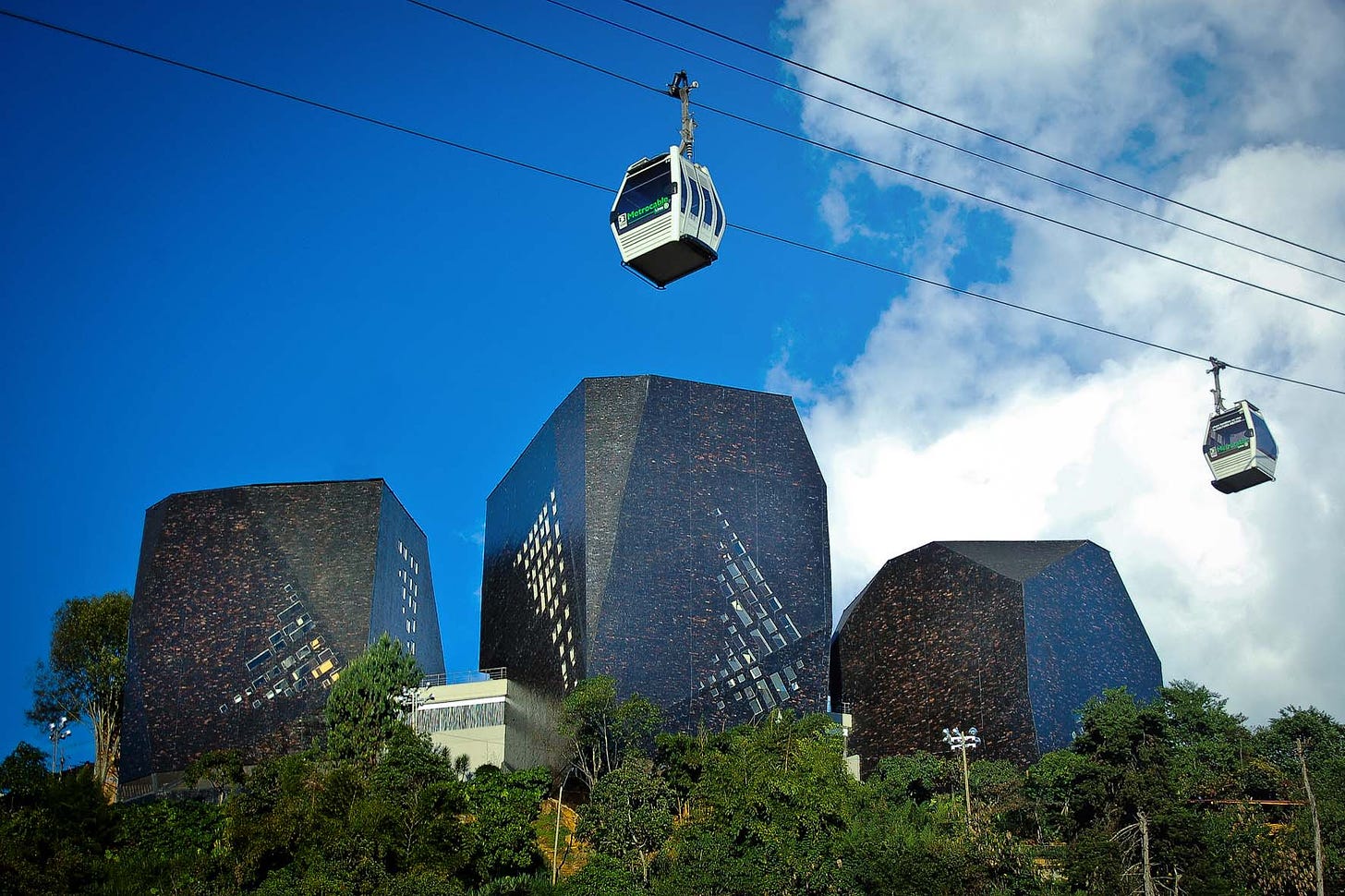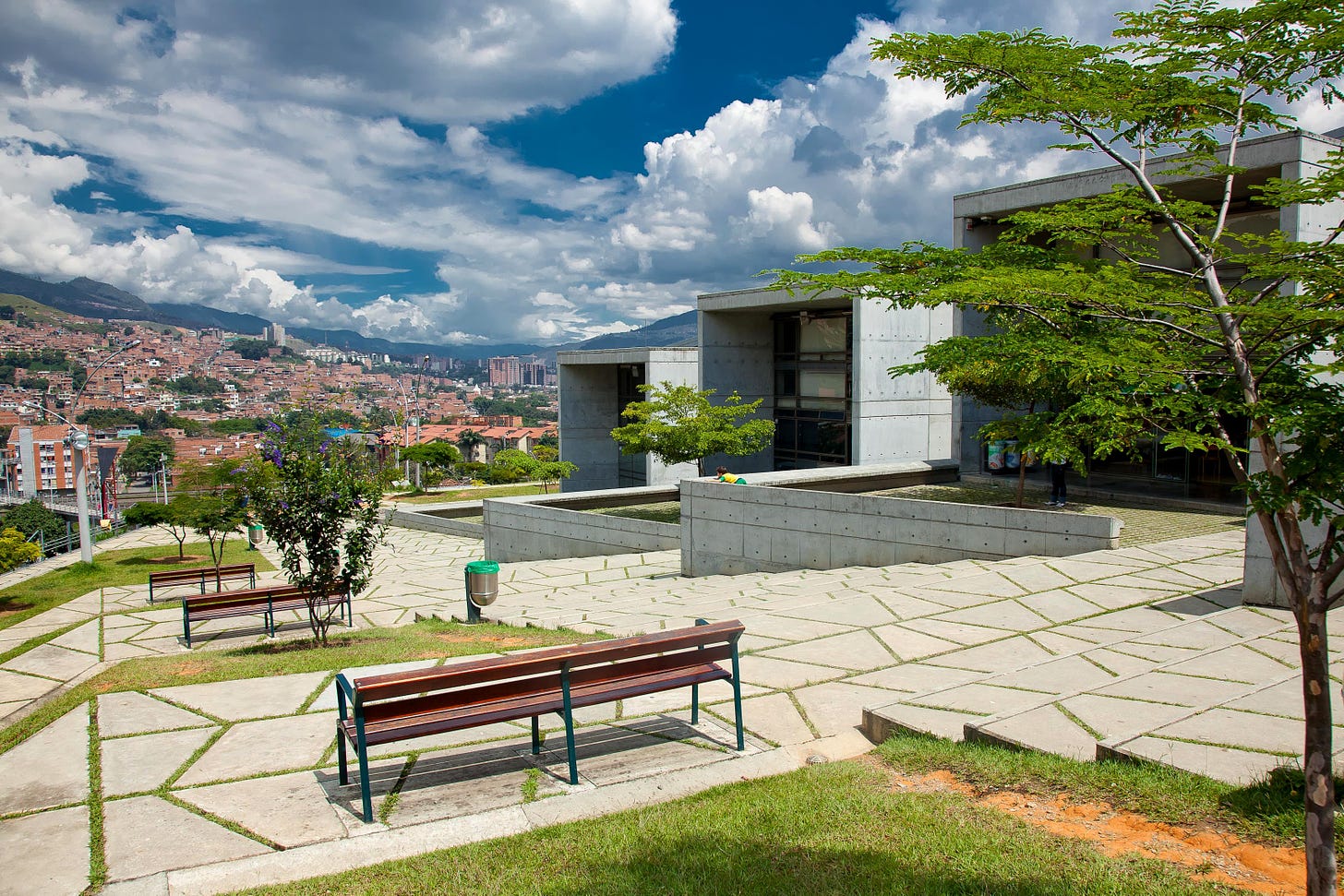Urban Acupuncture in Medellín
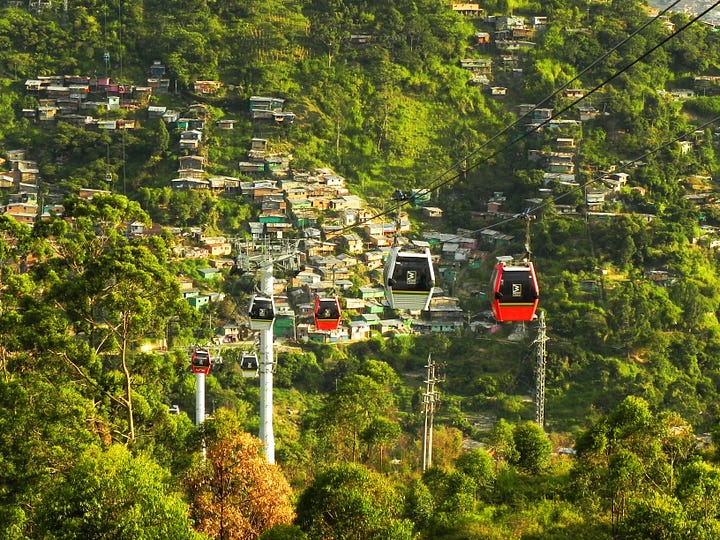
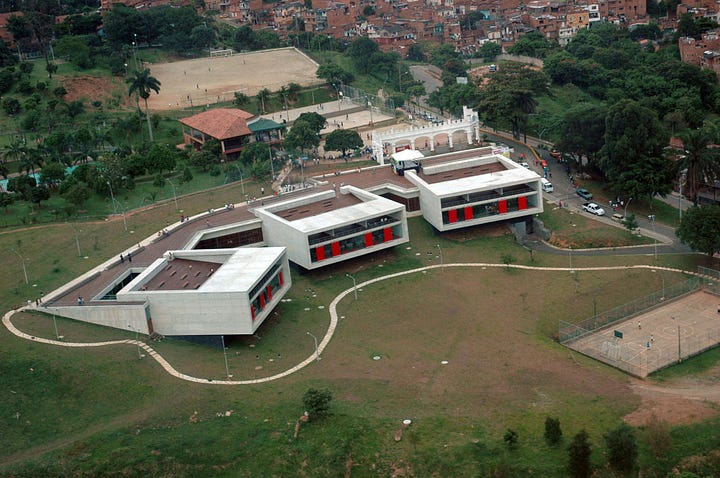
Urban acupuncture is a way of improving cities by focusing on small, targeted interventions in specific areas. It's inspired by traditional acupuncture, where needles are used at key points to improve overall health.
In cities, the "needles" are projects that address problems in certain neighborhoods. These projects could be things like building a new park, improving public transportation, or creating a community center.
The idea is that by fixing these specific issues, you create a ripple effect of positive change throughout the city.
Medellín demonstrated this approach in the early 2000s, despite the challenges of violence and inequality.
Several major projects were carried out by the city:
Biblioteca España (2007): Spain donated this library, which is located in Santo Domingo Savio, a difficult and traditionally neglected barrio.
It became a hub of education and culture, representing the urban renewal of Medellín.
Metrocable (2004): Navigating certain areas of Medellín was challenging.
The Metrocable, an excellent gondola lift system, transports people from hillside areas to the city center.
This meant more convenient access to jobs, schools, and other city attractions.
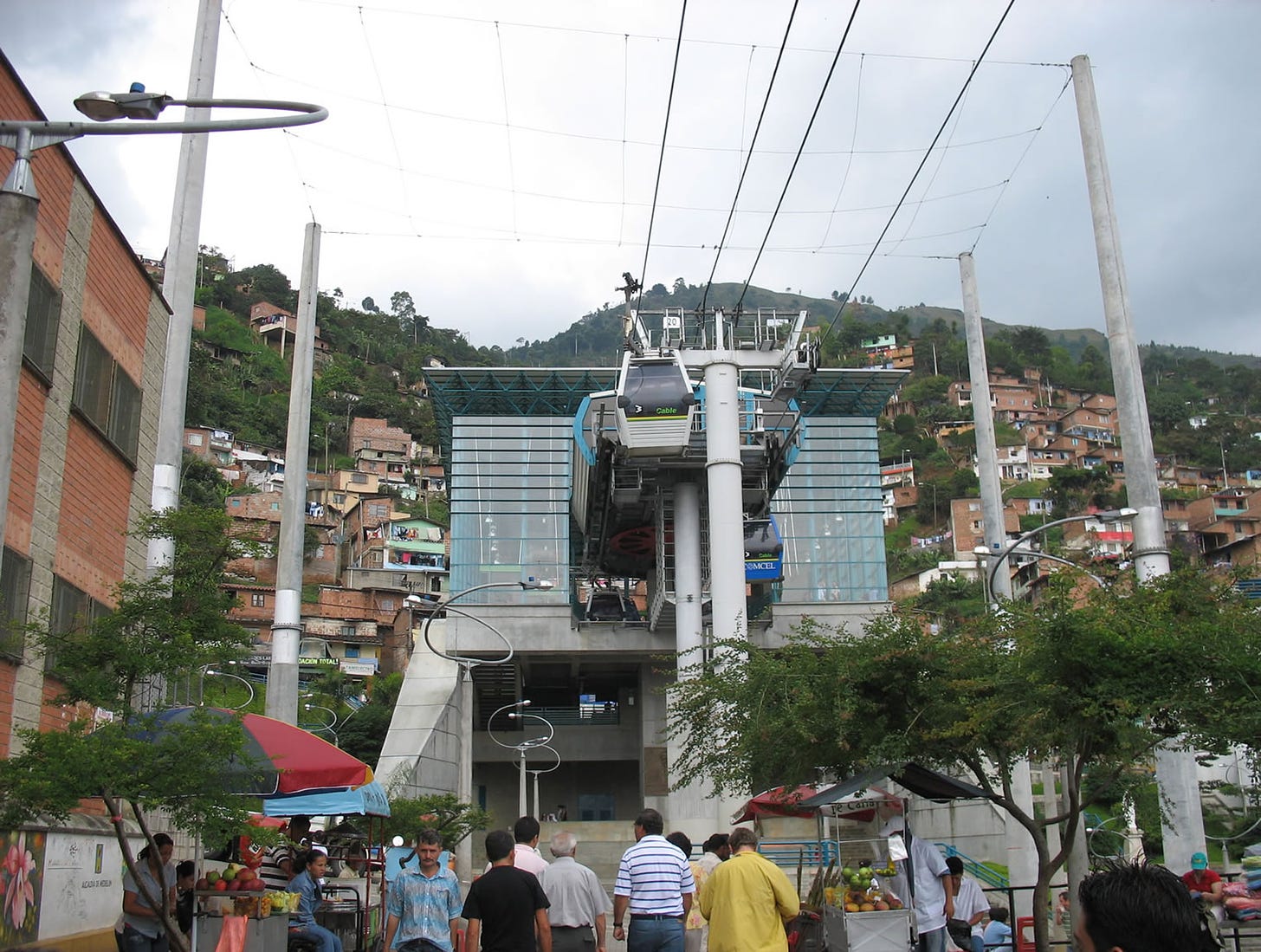
Outdoor escalators in Comuna 13 (2011): Comuna 13 was a tough neighborhood with steep slopes.
Building outdoor escalators made a huge difference. People could get around much easier, and crime actually went down.
The escalators became a symbol of progress, and even a tourist attraction.
All-in-One Parks with Libraries: Imagine a park that includes a library and a community center! This is what Medellin's "Library Parks" are.
These gathering places provide a safe location for people to study, rest, and socialize with their neighbors. The first Library Park opened in 2007, and there are several others throughout the city.
In Medellín, this urban acupuncture method produced major benefits for society in addition to infrastructure improvements.
It indirectly addressed the "broken windows theory" by showing how focused, localized improvement projects can revert urban decay, promote social recovery, and reduce criminal activity.




